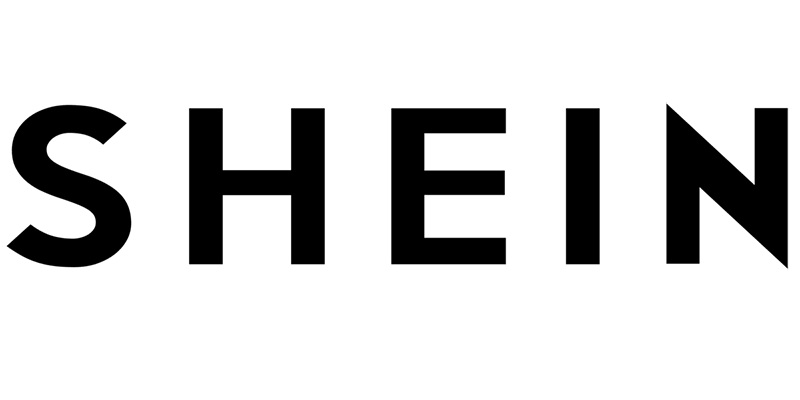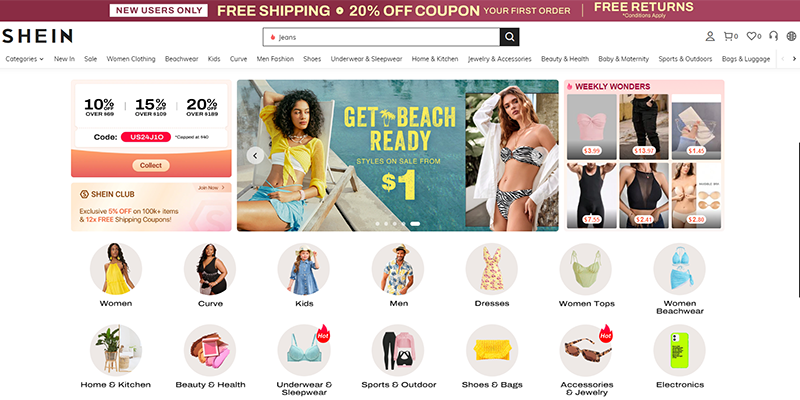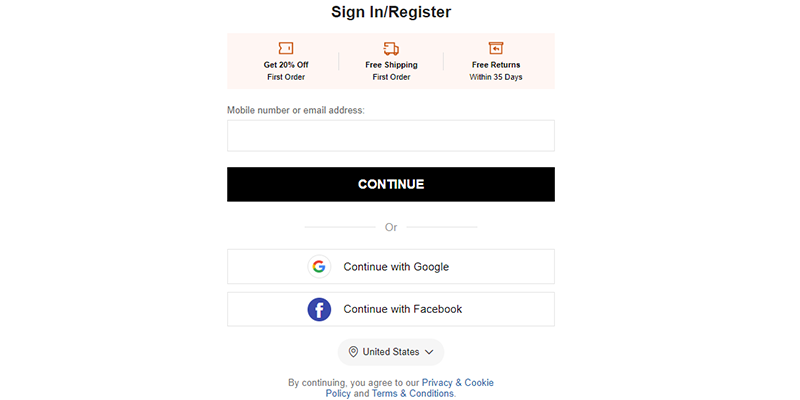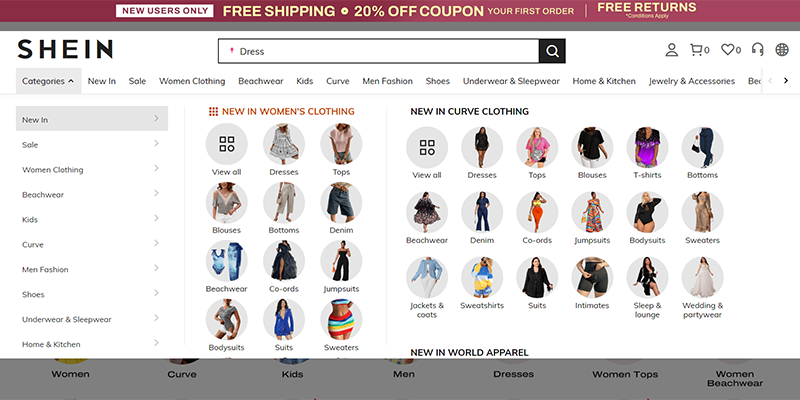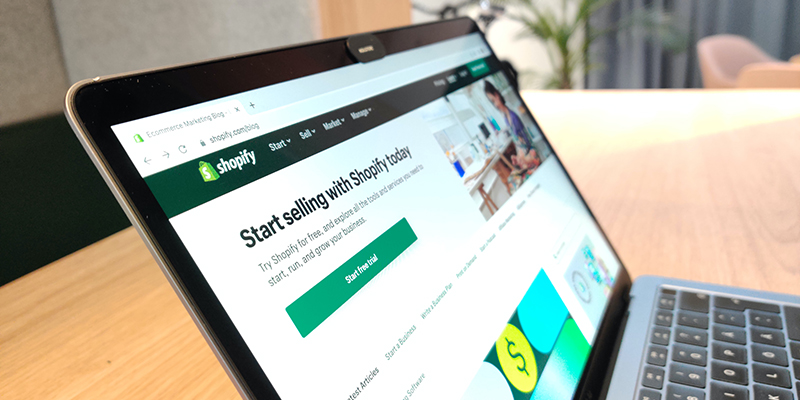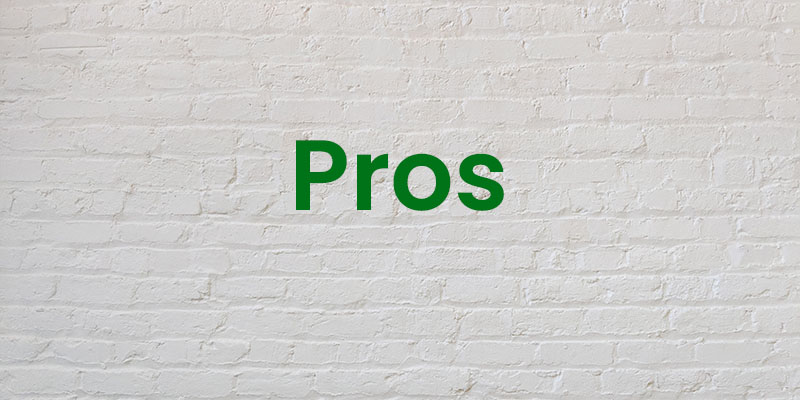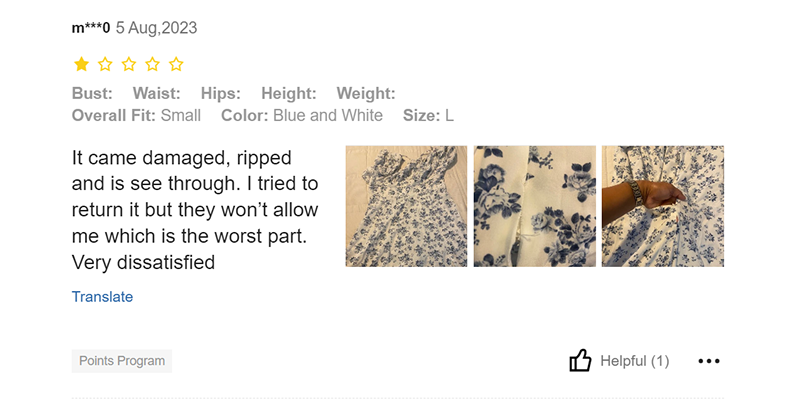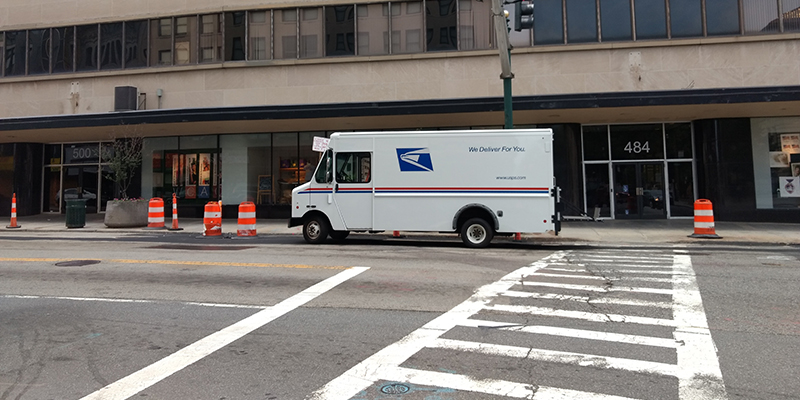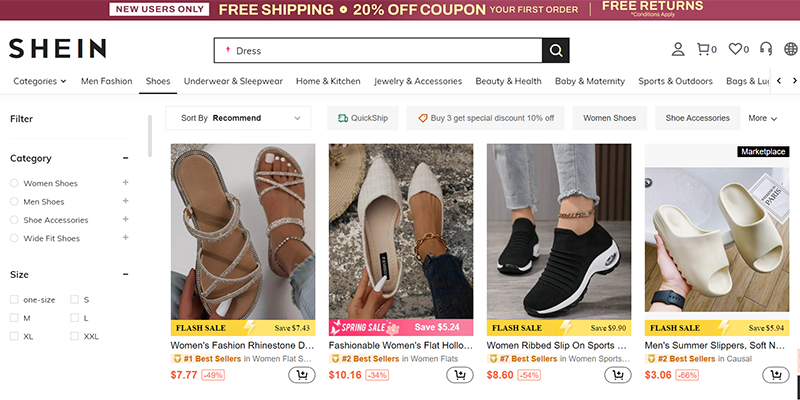Becoming a Shein reseller is a smart way to earn extra money online with little upfront risk.
You can flip almost any item for profit, but the main challenge is getting customers to buy from you instead of Shein.
In this post, I will teach you everything you need to know about becoming a Shein reseller. You’ll learn how to pick a niche, choose a platform to sell, and develop a pricing strategy.
Get My Free Mini Course On How To Start A Successful Ecommerce Store
If you are interested in starting an ecommerce business, I put together a comprehensive package of resources that will help you launch your own online store from complete scratch. Be sure to grab it before you leave!
What Is Shein?
Shein is a global ecommerce platform that specializes in fast fashion retail, offering an wide array of apparel, accessories, and home goods at competitive price points.
Founded in China, Shein is especially known for being able to quickly make clothes that look like the latest high-fashion trends but at a much lower cost.
This means that if you see a celebrity wearing something cool, there’s a good chance Shein might have something similar for a lot cheaper.
Due to its lower prices, sellers can make money by buying products from Shein and selling their products at retail prices on platforms like Shopify, Amazon and Ebay.
Who Can Become A Shein Reseller?
Anyone with access to the Shein website can become a Shein reseller. You don’t need any business licenses or permits to get started.
All you need to do is buy Shein products and sell them at a profit on your website, marketplaces, or social media platforms.
Shein’s global reach means you can become a reseller whether you’re in the United States or any other country.
Just make sure you check out any local regulations, customs, and shipping logistics, as most Shein products are shipped from China.
Note: Once your reselling business makes over a certain threshold of revenue, you will need to obtain a sellers permit.
What Products Can You Sell From Shein?
Shein offers a vast selection of over 600,000 products for you to sell, including clothing, jewelry, cosmetics, and luggage for men, women, and kids.
The product categories cover:
- Apparel & Accessories
- Shoes & Luggage
- Beauty & Personal Care
- Baby Products
- Toys & Games
- Sports & Outdoors
- Pet Supplies
- Electronics
- Home & Kitchen
- Office & School Supplies
How To Be A Shein Reseller?
To become a Shein reseller, you need to create an account with Shein, select a niche, choose a sales platform, set your prices strategically, and market your products.
Here’s a step-by-step guide on how to become a Shein reseller:
Step 1: Create An Account
The first step is to create an account on Shein to access their extensive inventory and take advantage of discounts and promotional offers.
Follow these steps to create an account:
- Go to the Shein homepage.
- Click on the user icon at the top right of the page.
- Click “Sign In/Register” from the dropdown.
- Enter your mobile number or email address, password, and style preference. Alternatively, you can continue with your Google email ID or Facebook account.
After registering, you’ll receive an email with a link. Click the link to activate your new account.
Step 2: Choose a niche
Since Shein has 600,000 products across ten categories, your next step is to decide what products you want to sell.
Shein sells directly to consumers, meaning your customers could just buy from their site. So, you need to find your unique selling point.
Ask yourself:
- What makes your products special?
- Why should customers buy from you instead of Shein or other competitors?
- Which specific niche do your product offerings fit into?
Most importantly, find a niche that aligns with your interests.
For example, if you’re passionate about running, you can launch a health and fitness store catering specifically to runners, featuring the latest clothing and accessories.
If you love dogs, you can focus on trendy, affordable pet fashion and accessories for pet parents.
Step 3: Select An Ecommerce Business Model
When planning to sell Shein products online, you have four main ecommerce business models to choose from:
Dropshipping
Dropshipping allows you to sell products without holding inventory. You list Shein products on your store, and when a customer makes a purchase, you order the item from Shein and have it shipped directly to the customer.
Dropshipping offers very low startup costs since you don’t need to invest in inventory upfront.
However, dropshipping with Shein has many drawbacks. The products are shipped from China, which means long delivery times.
In addition, Shein products are packaged in transparent bags with the Shein logo displayed prominently. The invoice will also include Shein’s name.
This means your customers will know their purchase comes directly from Shein, which might influence how they view your store.
Online Arbitrage
Online arbitrage is when you buy Shein products at a discount and sell them at retail.
The main challenge with online arbitrage is it’s difficult to scale, as it requires you to constantly search for deals and promotions on Shein.
Private Label
Private labeling is when you brand Shein products as your own through customization or adding your label.
This model is scalable and can significantly increase your brand value, but it requires a higher upfront investment than other models.
Wholesale
Wholesale is when you buy Shein products in bulk and sell them individually.
The good part is that the shipping times will be quick as you’ll store the goods yourself. Plus, you can verify the goods are in proper condition before dispatch.
However, wholesaling Shein products can be problematic as Shein doesn’t offer wholesale purchasing options or bulk discounts.
Tip: The most effective approach might be to buy in bulk, store the inventory, and sell at retail prices, significantly above Shein’s. Adding customization, embroidery, or private labeling can increase your business value as it grows.
Step 4: Select A Platform To Sell Online
You can sell Shein products on social media platforms, online marketplaces, and your own online store.
Here’s a detailed breakdown of each feature for selling Shein products across different platforms:
| Feature/Platforms | Social Media | Online Marketplaces | Your Own Online Store |
| Examples | Facebook, Instagram, Tiktok | Depop, Mercari, eBay, Facebook Marketplace | Shopify, WooCommerce, BigCommerce, or Shift4Shop |
| Audience | Large, built-in in millions | Large built-in audience | None, requires self-marketing |
| Control Over Branding | Limited by platform’s design options | Limited, platform controls presentation | Full control, customizable |
| Customer Information | Accessible via platform features | Hidden, cannot directly market | Direct access, facilitates marketing |
| Fees | Commission fees apply | Listing, commission, and processing fees | Varies, potentially lower than marketplaces |
| Setup & Maintenance | Easy setup, ongoing audience building required | Quick to start, ongoing management required | Initial effort high, long-term control |
| Best For | Hobbyists, small range of products | Quick exposure, large audience | Brand building, loyal customer base |
Overall, selling on social media requires consistent work to build an audience.
But niches like stationery, beauty, clothing, travel, gaming, fitness, pets, and lifestyle do well on platforms like Instagram.
Their visual appeal and the potential for influencer collaborations make them well-suited for social media promotion.
However, selling Shein products on online marketplaces may not be the best strategy. Shein’s competitive prices are hard to match within the same marketplace.
You’ll likely encounter competitors willing to price lower than you, which will lead to a price war. You’ll need to add value or bundle your products together to stand out from the rest.
On the other hand, owning your own ecommerce platform is the most effective way to build a long-term business.
You can build customer loyalty by offering bundled products, exclusive deals, and a large selection of niche-specific items on your site.
The goal is to become a one-stop shop for your customers’ needs.
Step 5: Develop A Profitable Pricing Strategy
When selling Shein products, setting the right prices is the key to high profit margins.
Because Shein’s items are affordable, you have the room to mark up prices at least two to four times your purchase cost. This range gives you the flexibility to cover costs while allowing for promotions and discounts.
The exact markup depends on the product category, perceived value, and additional services like faster shipping or customizations.
Research what others are charging for similar items. Since Shein already offers competitive pricing, your goal is to find a sweet spot where you can offer added value to justify higher prices.
This could mean bundling products, providing superior customer service, or offering quicker shipping than Shein.
Finally, targeting customers with more disposable income is your best bet for profitability.
Shein products are sometimes perceived as “cheap,” so focus on creating an upscale shopping experience to justify your higher prices.
Step 6: Create A Marketing Plan
Start by identifying your target audience, as different demographics show unique buying habits.
For example, 57% of US consumers aged 25 to 34 buy fitness products, particularly those interested in strength training. If your focus is on strength training products, targeting younger millennials can significantly uplift your sales.
Social media platforms like Instagram, Pinterest, and TikTok are invaluable for promoting Shein products, thanks to their visual nature.
Email marketing is another powerful tool. Build an email list by offering incentives like discounts or exclusive access to new arrivals. Use this channel to keep your audience informed about promotions, new products, and any special events.
Learn about search engine optimization, which is a technique to help you attract free traffic from Google’s organic search results. There are many guides that help you develop a keyword strategy and create product and meta descriptions for high in search engine result pages (SERPs).
Once you’re ready to invest in paid advertising, check out Facebook ads to target potential customers and direct them to your website.
Pros Of Reselling From Shein
The advantages of reselling Shein products include wide selection, affordability, trendy selection, and ease of start.
- Wide selection: With over 600,000 products across various categories, you can tap into a diverse inventory to meet various customer preferences.
- Affordability: Shein’s competitive pricing allows for potentially high markups and profits.
- Global appeal: Shein’s fashion-forward and trendy items attract a broad, global customer base.
- Ease of start: You don’t need a large upfront investment in inventory, which makes it easier to start and scale.
Cons Of Reselling From Shein
Reselling Shein products comes with several challenges, including high competition, long delivery times, inconsistent quality, and the difficulty of distinguishing your brand.
- Competition: You’ll face fierce competition, particularly because Shein offers direct sales to consumers at competitive prices, which makes it hard to compete on cost alone.
- Delivery times: Long shipping times from China can lead to customer dissatisfaction. A potential workaround is to buy products in bulk and store them locally to offer quicker shipping.
- Copyrighted images: Shein doesn’t allow reusing their images for any commercial reasons. You’ll need to order samples and take pictures yourself.
- Quality concerns: Shein customers have complained of inconsistent product quality. This could impact customer loyalty and repeat purchases.
- Brand differentiation: You’ll find it challenging to stand out when selling identical products as Shein and numerous other resellers.
- Sizing: Some products may have limited sizing options.
How Do You Deal With Damaged Items On Shein?
If you receive a damaged product, you must notify Shein customer service within 24 hours of receipt.
Make sure you take clear pictures or videos of the damaged items and provide evidence of the damage to their customer support team.
Shein’s customer support team will then guide you through the next steps. They may ask for additional information or instruct you to return the damaged items.
In most cases where the item is of low value, Shein typically refunds the purchase amount directly to your account.
For electronic or more expensive items, Shein arranges for a return to test the product and determine the cause of damage before issuing a refund.
What Is Shein’s Return Policy?
Shein’s return policy allows you to return their products within 35 days of delivery to qualify for a refund.
However, this policy doesn’t cover the following items:
- Bodysuits
- Lingerie
- Jewelry
- Accessories (except scarves, bags, and mermaid blankets)
- Cosmetics
- Pet products
- Party supplies
- Customized products
To initiate a return with Shein, follow these steps:
- Log into your Shein account.
- Go to “My Orders,” find the order that has the items you wish to return, and select “Order Details.”
- Click on the “Return Item” button, choose the items you’re returning, specify the reason for the return, and proceed to the “Next Step.”
- Choose your preferred “Refund Method.”
- Decide on your “Return Method.” You can return either by USPS or UPS.
- Drop off your return package at the nearest USPS or UPS location. Make sure it’s postmarked within 35 days from the purchase date.
Shein offers free return shipping for the first return package from any order.
For subsequent returns from the same order, a $7.99 shipping fee will be deducted from your refund using the provided Return Label.
Once Shein receives your return package, they’ll process the refund within seven business days.
Tips For Success As A Shein Reseller
Tip #1: Build A Brand
Your brand is the essence of your identity; it’s what makes you memorable to your target audience.
Make sure there’s consistency in theme, voice, and aesthetic across all platforms.
Invest in a website designer for your online store to display your products and set your brand apart.
Tip# 2: Take Professional Images
High-quality, professional images can significantly boost your product’s appeal.
Instead of using Shein’s images, take your own in good lighting, from various angles, to better showcase your items.
Tip #3: Improve Your Packaging
Packaging that catches the eye can turn a one-time buyer into a repeat customer.
If you’re on a budget and are limited to generic packaging, add a personal touch such as a note or a small gift to improve the unboxing experience.
Tip #4: Provide Exceptional Customer Service
Building trust and loyalty starts with exceptional customer service. Be quick to respond to inquiries, solve problems, and provide detailed product information.
Stand out by offering the helpful, timely service that Shein is often criticized for lacking.
Tip #5: Offer Free (Or Low) Shipping
Shipping costs can be a deal-breaker for many online shoppers, with nearly half abandoning their cart if free shipping isn’t an option.
If free shipping on all orders isn’t feasible, introduce attractive alternatives.
For example, free shipping for orders exceeding a certain value, for first-time buyers, on select items, during promotional periods, or when multiple items are purchased.
Shein Reselling Next Steps
The next step after Shein reselling is to identify your best sellers, buy them in bulk and get lower pricing.
Since Shein doesn’t offer bulk pricing, you can consider buying wholesale from Alibaba and develop a relationship with the manufacturer directly.
Remember, reselling is just a stepping stone in the world of ecommerce. For long-term success, you need to create your own brand with private label products.
For a wide range of options, see my list of top 18 USA wholesale suppliers. If sourcing from China suits you, look into alternatives to Alibaba.

Ready To Get Serious About Starting An Online Business?
If you are really considering starting your own online business, then you have to check out my free mini course on How To Create A Niche Online Store In 5 Easy Steps.
In this 6 day mini course, I reveal the steps that my wife and I took to earn 100 thousand dollars in the span of just a year. Best of all, it's free and you'll receive weekly ecommerce tips and strategies!
Related Posts In How To Find Products To Sell
- 10 Tips On Importing Alibaba Wholesale Products From China
- Canton Fair – My Guide To China’s Largest Wholesale Supplier Trade Show
- 7 Best Places To Sell Jewelry To Start A Jewelry Business
- How To Start A Sticker Business – The Complete Guide
- Doba Review: Easiest Way To Start Dropshipping For FREE

Steve Chou is a highly recognized influencer in the ecommerce space and has taught thousands of students how to effectively sell physical products online over at ProfitableOnlineStore.com.
His blog, MyWifeQuitHerJob.com, has been featured in Forbes, Inc, The New York Times, Entrepreneur and MSNBC.
He's also a contributing author for BigCommerce, Klaviyo, ManyChat, Printful, Privy, CXL, Ecommerce Fuel, GlockApps, Privy, Social Media Examiner, Web Designer Depot, Sumo and other leading business publications.
In addition, he runs a popular ecommerce podcast, My Wife Quit Her Job, which is a top 25 marketing show on all of Apple Podcasts.
To stay up to date with all of the latest ecommerce trends, Steve runs a 7 figure ecommerce store, BumblebeeLinens.com, with his wife and puts on an annual ecommerce conference called The Sellers Summit.
Steve carries both a bachelors and a masters degree in electrical engineering from Stanford University. Despite majoring in electrical engineering, he spent a good portion of his graduate education studying entrepreneurship and the mechanics of running small businesses.


